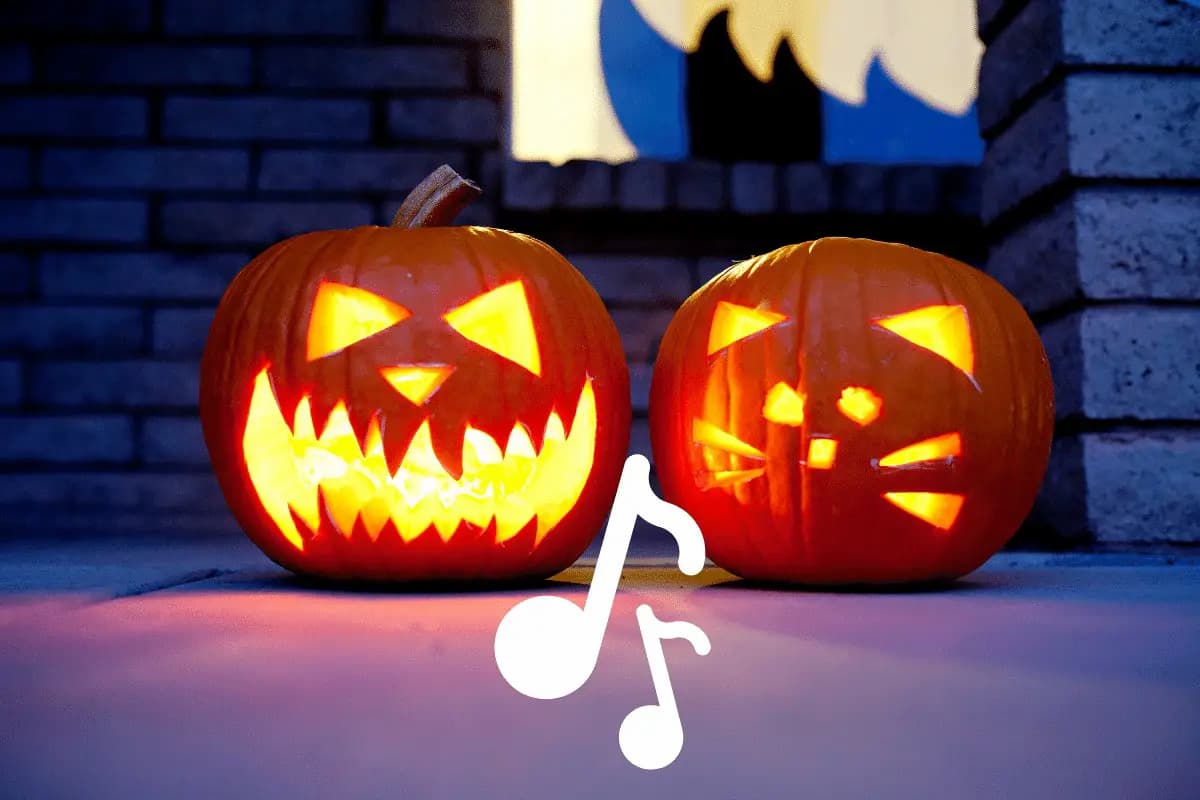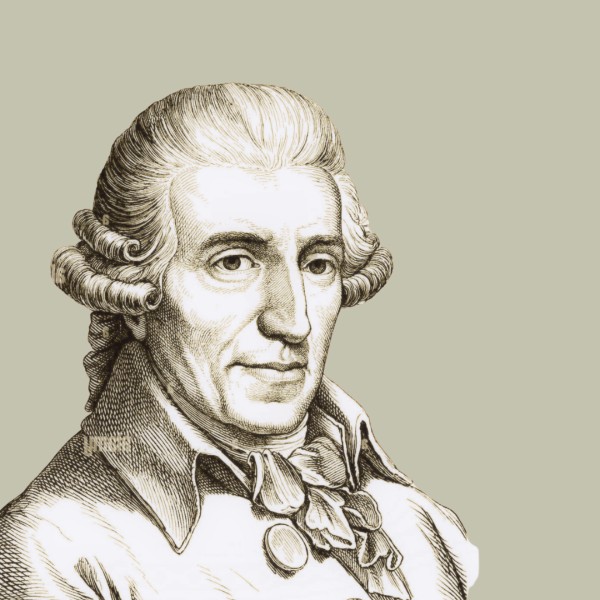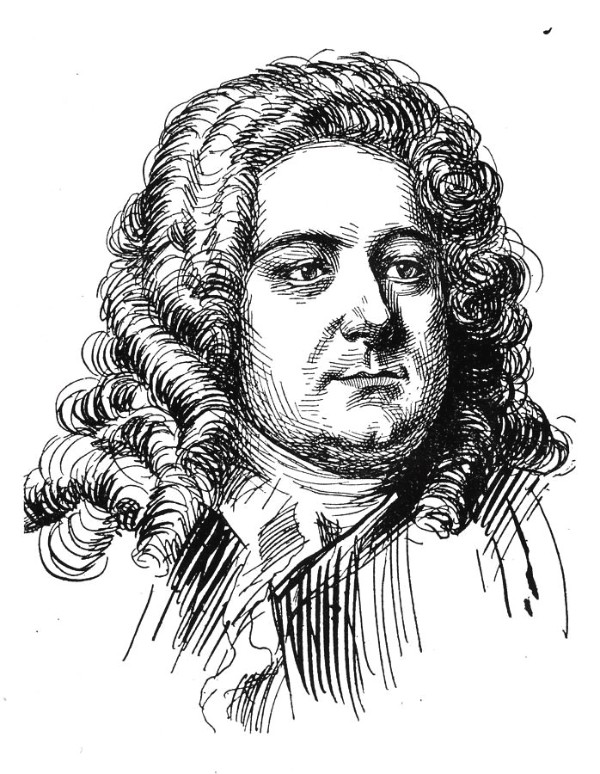Get into the spirit of Halloween with these bone-chilling pieces of classical music!
From hauntingly beautiful melodies to spine-tingling symphonies, this playlist is sure to transport you to a world of ghosts, goblins, and things that go bump in the night.
So grab your favorite Halloween candy, turn down the lights, and let the music begin, as we guide you through a chronological tour of fifty of classical music’s spookiest pieces of music.

© dynamicmusicroom.com
Bach: Toccata and Fugue in D minor (ca. 1704)
The dramatic organ opening here is often associated with horror films and haunted houses. But interestingly, historians aren’t sure if it’s really Bach’s work. So feel free to attribute it to a ghost of your choice!
Vivaldi: The Four Seasons: Winter (ca. 1720)
The relentless rhythms and biting cold of this piece create a chilling atmosphere…perfect for late October and the looming winter.
Tartini: The Devil’s Trill Sonata (ca. 1740)
According to legend, Tartini was visited by the devil in a dream and given this haunting and virtuosic violin sonata in exchange for his soul.
Mozart: “Don Giovanni a cenar teco” from Don Giovanni (1787)
In this aria, hellbound womanizer Don Giovanni is pulled down to Hades while singing, “My soul is rent in agony! / Condemn’d to endless misery, / Oh, doom of wrath and terror, / No more to see the light!” Terrifying!
Mozart: Requiem (1791)
This choral work is intense and dramatic, and Mozart died tragically while composing it, making it a great fit for any scary playlist.
Beethoven: Symphony No. 5 (1804-08)
The ominous four-note motive that opens this symphony has been likened to fate knocking at the door. Perhaps there’s something otherworldly at play? Or maybe fate just wants some Halloween candy!
Beethoven: Symphony No. 6 (1802-08)
The stormy fourth movement, with its violent thunderclaps and lightning bolts, is a spooky standout.
Schubert: Der Erlkönig (1815)
This haunting art song tells the story of a supernatural being who lures a child to his death.
The lyrics read in part, “The father shudders, he rides swiftly, / he holds the moaning child in his arms; / with one last effort he reaches home; / the child lay dead in his arms.”
Berlioz: Symphonie Fantastique (1830)
The fifth movement, “Dream of a Witches’ Sabbath,” portrays a grotesque and macabre scene of witches and demons.
Berlioz wrote a twisted, violent backstory to the music and shared it with his audiences. Here, the witches and demons have gathered to witness a drugged composer’s funeral, after he is guillotined for killing his beloved.
Berlioz: Requiem (1837)
This requiem lasts for ninety minutes and features no fewer than four offstage brass ensembles. Death has rarely sounded so majestic!
Chopin: Piano Sonata No. 2 in B-flat minor (1840)
The ominous opening to the third movement has become cultural shorthand for death and doom.
Liszt: Totentanz (1849)
This dark and fiery work for piano and orchestra portrays a diabolical dance of death.
Wagner: The Ride of the Valkyries (1856)
This epic orchestral work – an interlude from Wagner’s opera Die Walküre – portrays the Valkyries, female warriors who choose who lives and dies in battle.
Liszt: Faust Symphony (1857)
This symphony is based on Goethe’s “Faust” and portrays the character of Mephistopheles, a stand-in for Satan, making it perfect for this list.
Liszt: Mephisto Waltz No. 1 (1859-62)
This solo piano work is also based on Mephistopheles and includes passages that evoke the devil’s seductive nature.
Gounod: Funeral March for a Marionette (1872)
This macabre piece is often associated with director Alfred Hitchcock, as it was the theme music for his television show Alfred Hitchcock Presents.
Saint-Saëns: Danse Macabre (1874)
In this tone poem, a spooky violin melody evokes the mental image of dancing skeletons.
When the violin enters, it is deliberately mis-tuned and playing a tritone: a grating, forbidden interval that is known as the “diabolus in musica,” or the “devil in music.”
Verdi: Requiem (1874)
Verdi’s requiem includes the terrifying “Dies irae” (Day of Wrath) section, as well as a number of powerful moments that are deeply unsettling.
Mussorgsky: The Hut on Hen’s Legs (The Hut of Baba Yaga) from Pictures at an Exhibition (1874)
This piece portrays Baba Yaga, a terrifying witch character from Russian fairy tales whose hut has chicken claws at each of its four corners.
Grieg: In the Hall of the Mountain King (1875)
This eerie piece from Grieg’s incidental music for the Henrik Ibsen play Peer Gynt portrays trolls and goblins dancing in their mountain home.
Grieg: “Solveig’s Song” (1875)
The haunting, melancholy “Solveig’s Song” is a standout in this suite from the incidental music to Ibsen’s play.
Tchaikovsky: Children’s Album, Op.39, No. 20, The Witch (1878)
In this short and simple solo piano piece, Tchaikovsky paints a picture of a scheming witch.
Mussorgsky/Rimsky-Korsakov: Night on Bald Mountain (1886)
This dark, powerful orchestral work – much like Berlioz’s Symphonie fantastique – portrays a witches’ Sabbath.
A version of it was composed in 1867, but Mussorgsky’s mentor Mily Balakirev was unimpressed by it. Mussorgsky died in 1881, and a few years later, Nikolay Rimsky-Korsakov rearranged it into the blockbuster version we know today.
Mahler: Totenfeier, later the Symphony No. 2 (1888)
The symphonic poem that ultimately became the opening movement to Mahler’s second symphony was composed in 1888 and initially known as Totenfeier, or Funeral Rites. Fitting for Halloween, no?
Humperdinck: Witch’s Ride from Hansel and Gretel (1892)
This orchestral piece is from a famous fairy tale opera, and it portrays a dramatic, rollicking ride on a witch’s broomstick.
Tchaikovsky: Symphony No. 6 (1893)
While not explicitly about Halloween, this anguished symphony has a strong connotation with death, given that Tchaikovsky passed away a mere nine days after its premiere.
Boëllmann: Suite Gothique (1895)
This work makes full use of the spookiness of the organ.
Dvořák: The Water Goblin (1896)
“The Water Goblin” is a tone poem by Czech composer Antonín Dvořák that tells the legend of a water spirit who abducts a young girl and forces her to become his wife. The story only gets scarier from there!
Dukas: The Sorcerer’s Apprentice (1897)
Made famous by Disney’s Fantasia, this whimsical piece tells the story of a sorcerer’s apprentice who loses control of his magic.
Elgar: The Dream of Gerontius (1900)
This choral work is based on a poem by Cardinal John Henry Newman about a soul journeying through the afterlife.
Schmitt: Le palais hanté, Op. 49 (1904-08)
This symphonic poem was inspired by Edgar Allen Poe’s poem “Haunted Palace”, which ends with a monarch and his family becoming phantoms.
Rachmaninoff: The Isle of the Dead (1908)
This mournful tone poem portrays a boat traveling to the island of the dead, where the spirits of the departed reside.
It was inspired by a black and white reproduction of a painting by Arnold Böcklin. When Rachmaninoff saw the original color version, he was deeply disappointed. Lucky for us, though, he saw the reproduction first!
Ravel: Le Gibet from Gaspard de la Nuit (1908)
This evocative piano piece portrays a corpse hanging from a gibbet in the middle of a deserted plain. The note B-flat repeats throughout the piece and is meant to suggest a bell tolling.
Ives: The Unanswered Question (1908)
This orchestral work features a haunting trumpet solo that represents what Ives called “the perennial question of existence.”
The music is mysterious and atmospheric, with a sense of foreboding that perfectly captures the spooky atmosphere of the holiday.
Stravinsky: The Firebird Suite (1910)
The infernal dance of King Kastchei and the final triumph of the Firebird is an excellent choice for Halloween.
Stravinsky: The Rite of Spring (1913)
The driving rhythms and primitive sounds of this ballet score are often associated with pagan rituals, sacrifice, and death.
Holst: The Planets (1914-17)
Mars, the Bringer of War, and Neptune, the Mystic, both contain unsettling and otherworldly sounds that are right at home in any Halloween playlist.
De Falla: Danza Ritual del Fuego (1915)
This evocative and hypnotic piece portrays a spooky ritualistic dance around a bonfire.
Stravinsky: L’Histoire du soldat (1918)
This theatrical work tells the story of a soldier who trades his violin to the Devil for money, so of course we had to include it!
Ravel: La Valse (1919-20)
This frenzied and disorienting work portrays a decadent and disintegrating Viennese waltz. It sounds as if the ballroom that Ravel imagined was full of ghosts.
Prokofiev: Romeo and Juliet (1935)
Prokofiev’s ballet score includes dark and ominous sections, particularly in the fight scenes. It’s not hard to find a spooky performance!
Orff: O Fortuna from Carmina Burana (1935-36)
O Fortuna is a haunting choral piece that has been used in many horror movies and TV shows.
Its driving rhythms, powerful vocal lines, and dark lyrics about fate and fortune make it a perfect choice for the season.
Bartók: Music for Strings, Percussion, and Celesta (1936)
This terrifying music has been used in countless suspense and horror films.
Herrman: Psycho Suite (1960)
This iconic film score was composed for Alfred Hitchcock’s film “Psycho” and has since become synonymous with the horror genre.
This tense and unsettling music, especially the infamous “shower scene” theme, is perfect for setting a suspenseful mood.
Shostakovich: The Story of Horatio and the Ghost from the Hamlet Suite (1964)
Shostakovich’s breathless, brutal soundtrack for a 1964 Soviet production of Hamlet is full of unease.
Crumb: “Black Angels” (1970)
This string quartet comments on the horrors of the Vietnam War and features eerie sounds, including glass crystal chimes.
Lloyd Webber: Phantom of the Opera (1986)
When it closed in April 2023, The Phantom of the Opera – a tale about a masked genius who lives and lurks below the Paris Opéra House – was the longest-running show in the history of Broadway.
In 2021, a symphonic suite of music from the musical was arranged and released for music lovers to enjoy.
Corigliano: The Ghosts of Versailles (1991)
This opera takes place in the afterlife, with the ghosts of the French court haunting the palace of Versailles.
Williams: Hedwig’s Theme (2001)
This spooky theme became the musical backbone to the Harry Potter film series about a young wizard and his world.
Adams: Must the Devil Have All the Good Tunes? (2018)
Bringing us into the present day is John Adams and his third piano concerto, named Must the Devil Have All the Good Tunes?
It features a “detuned” piano meant to call to mind honky-tonk, and is partially inspired by Liszt’s Totentanz and other virtuosic Romantic era piano pieces.
So there you have it: fifty pieces of classical music to enjoy during the holiday.
Whether you’re out trick-or-treating with the kids or hiding at home alone eating candy, we hope you enjoy this spooky classical music for Halloween!
For more of the best in classical music, sign up for our E-Newsletter


